
Healthy Bodies, Healthy Minds: How to Stay Healthy in the Post-Covid Workplace
In recent decades, happiness and wellbeing have been increasingly valued over money and possessions, making it important to provide a healthy work-life balance for employees. Post-Covid, health and wellbeing are now more important than ever. As such, staff returning to offices will need to feel reassured that their workplace is a safe and hygienic environment.
Concerns that will arise in the post-Covid workplace include sanitization: employees will appreciate changes like hand sanitizer stations, touchless doors and interfaces, contact tracing protocols, and increased airflow. But it’s just as vital to look after employees’ wellbeing and to think about their state of mind. The pandemic has been a traumatic experience, and working through it from home has led to widespread burnout. Additionally, people have gotten used to being isolated, and having a lot of space of their own, and may feel anxious about going back to close proximity to others. Empathetic workplace design can help put them at ease. Sustainability is commonly linked to wellbeing, by creating a workspace that is sustainable in design, there is generally more concern over the materials used, environmental properties, and the culture that is represented. A great example of this can be seen in a recent project, with Headspace on their Californian Head Office. The meditation app was designed with the initial hope to help stressed-out executives, they have since extended to generally help people cope better with the stresses and strains of everyday life. They are passionate believers about the importance of health and happiness at work, we were pleased to work with their design team to use our Railway Carriage office booths to assist in creating a working environment focused on improving health and wellness for all workers to utilize and enjoy. You can read more about how to design a sustainable workspace in our recent article.
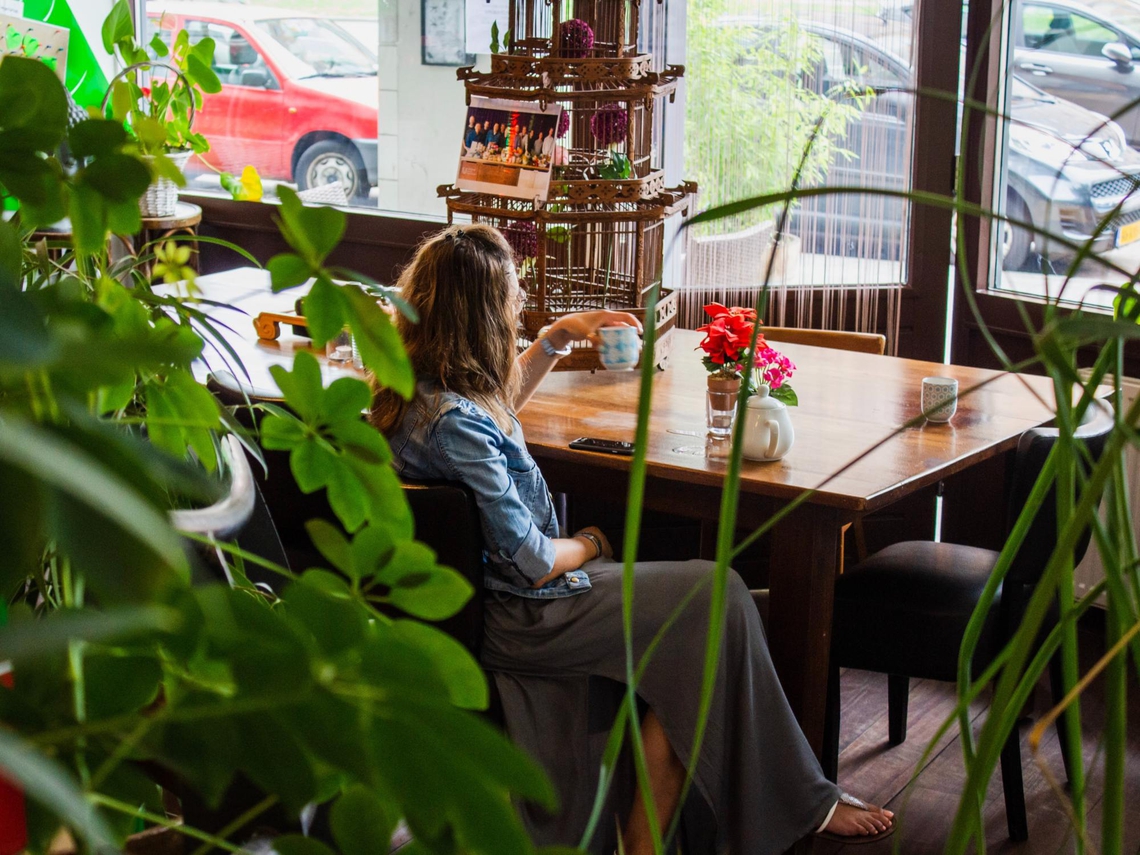
In order to help with the design of a workplace with good health and wellbeing in mind, we are providing our top 4 tips for designing a great post-Covid workplace:
1. Personalization
A flexible office environment will help employees to relax, whilst also allowing desk layouts to be easily redesigned with social distancing in mind. Personalization and individualization are the key to making the post-Covid office work—they allow staff to have a sense of their “own space” in a collaborative environment. Many employees have relished the privacy and quiet of their homes, and will now expect to find quiet, individual spaces like these at work: for instance, a quiet pod for concentration.
When the design firm Jacobs were tasked to build an open-plan workplace for a major financial services company in Westlake, Texas, they knew that employees would need touchdown spaces where they could be fully focussed and alone. So they installed some of our Portals booths, upholstered on three sides, to give much-needed acoustic privacy without becoming totally disconnected from the buzz of the office. They also installed desks with sit-stand functionality; offering standing desks and other kinds of ergonomic workstations, and installing appropriate lighting, does a lot to reduce stress levels. Installing dynamic lockers for storage also helps by giving staff their own space where they can store their possessions.
Employees also appreciate the provision of meeting booths. When Knotel recently designed a London office for the accommodation firm Nido Student, we were pleased to supply our Pods and booths, allowing for meetings in informal booths rather than closed off-rooms. Today’s healthy workplace should be designed with flexibility in mind, and well suited to hybrid working styles.
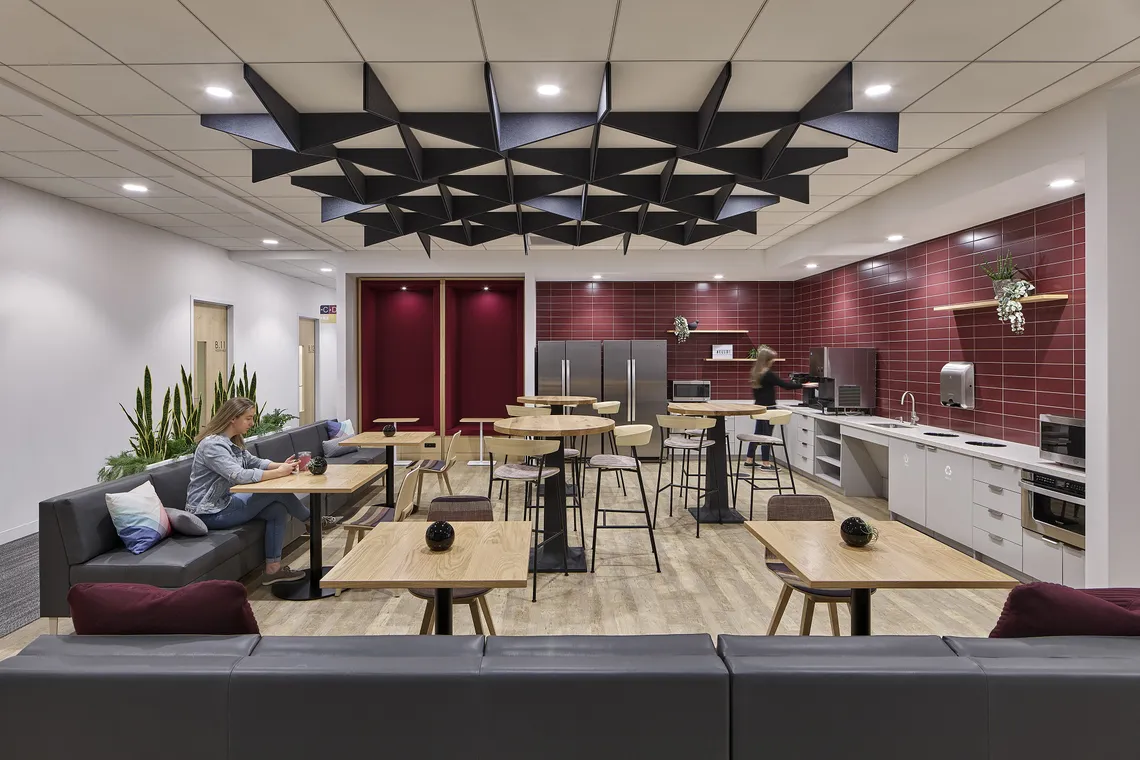
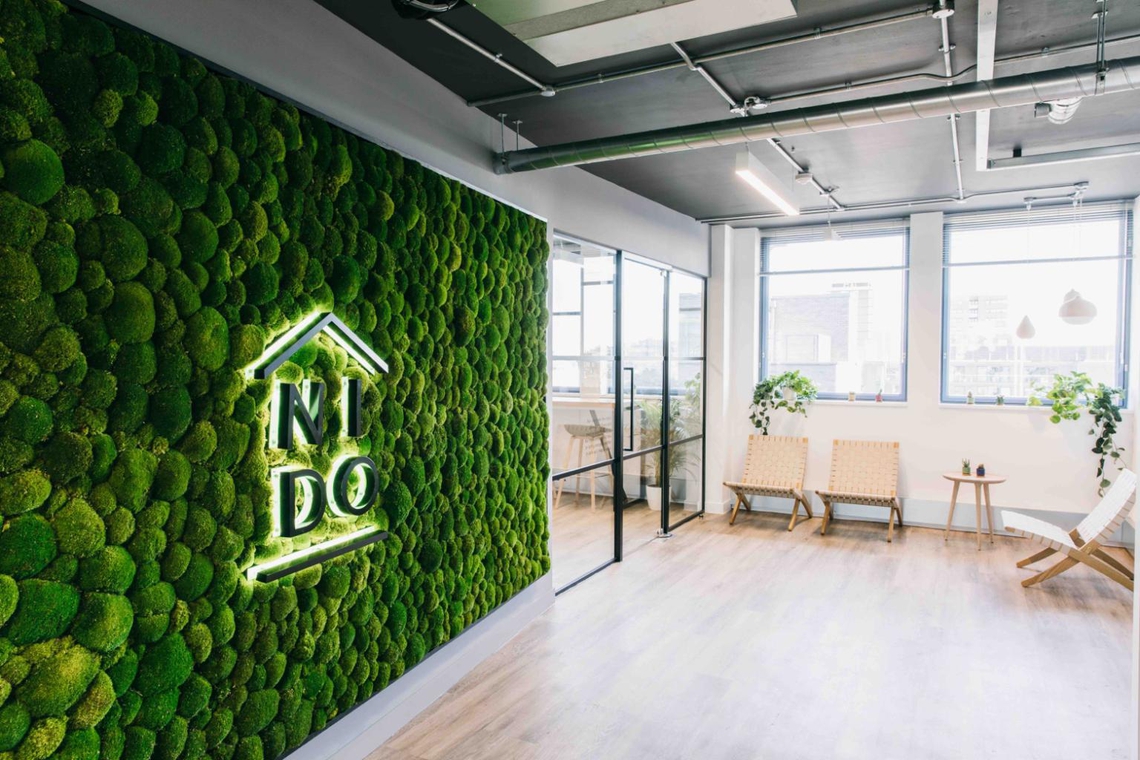
2. Wellness Rooms
Well-designed offices should include a variety of quiet spaces for thinking, but also quiet, secluded spaces for relaxation. So when Jacobs opened its new European flagship office in London, they made sure to include some wellbeing rooms, spaces in which mindfulness can easily be practiced.
Mindfulness is about “being” as opposed to “doing”. It helps practitioners to clear their minds of worries and has been shown to boost creativity and concentration and to reduce stress and anxiety. So in these anxious times, with everyone readjusting, staff will appreciate and benefit from opportunities to learn mindfulness meditation, whether alone, or in a group setting with an instructor. Subscriptions to personal mindfulness apps like Headspace or Calm might also be provided. Furthermore, restorative health treatments like massages and acupuncture could also be included in medical benefits or otherwise subsidized.

3. Cycle to Work
At their new London headquarters, Jacobs also runs a local Cycle to Work scheme and provides cycle storage, showers and drying areas. Cycling is great exercise, beneficial for both physical and mental health, and eco-friendly too. In addition to encouraging cycling, companies might also consider subsidizing gym memberships, or on-demand workouts, as ways of promoting a healthy lifestyle. The more adventurous could go even farther and install exercise-work stations such as cycles and treadmills with a desk!

4. Biophilia
A healthy office should be full of biophilia: it helps keep people happy and helps keep the air clean. Plants are nice to look at, they’re great sound absorbers, they produce fresh air, they smell good, and they can even grow fruit and vegetables for staff to enjoy. Windows can also help immensely. A view of some trees through the window is excellent for one’s wellbeing. A view of the sky can also be a great help—it really helps with creativity and “blue-sky thinking”. So, in order to make the most of the windows in a space, it’s good to keep things as open-plan and flexible as possible. Properly designed, a healthy, flexible workplace will not only help everyone readjust to changing working conditions but also help them to thrive.
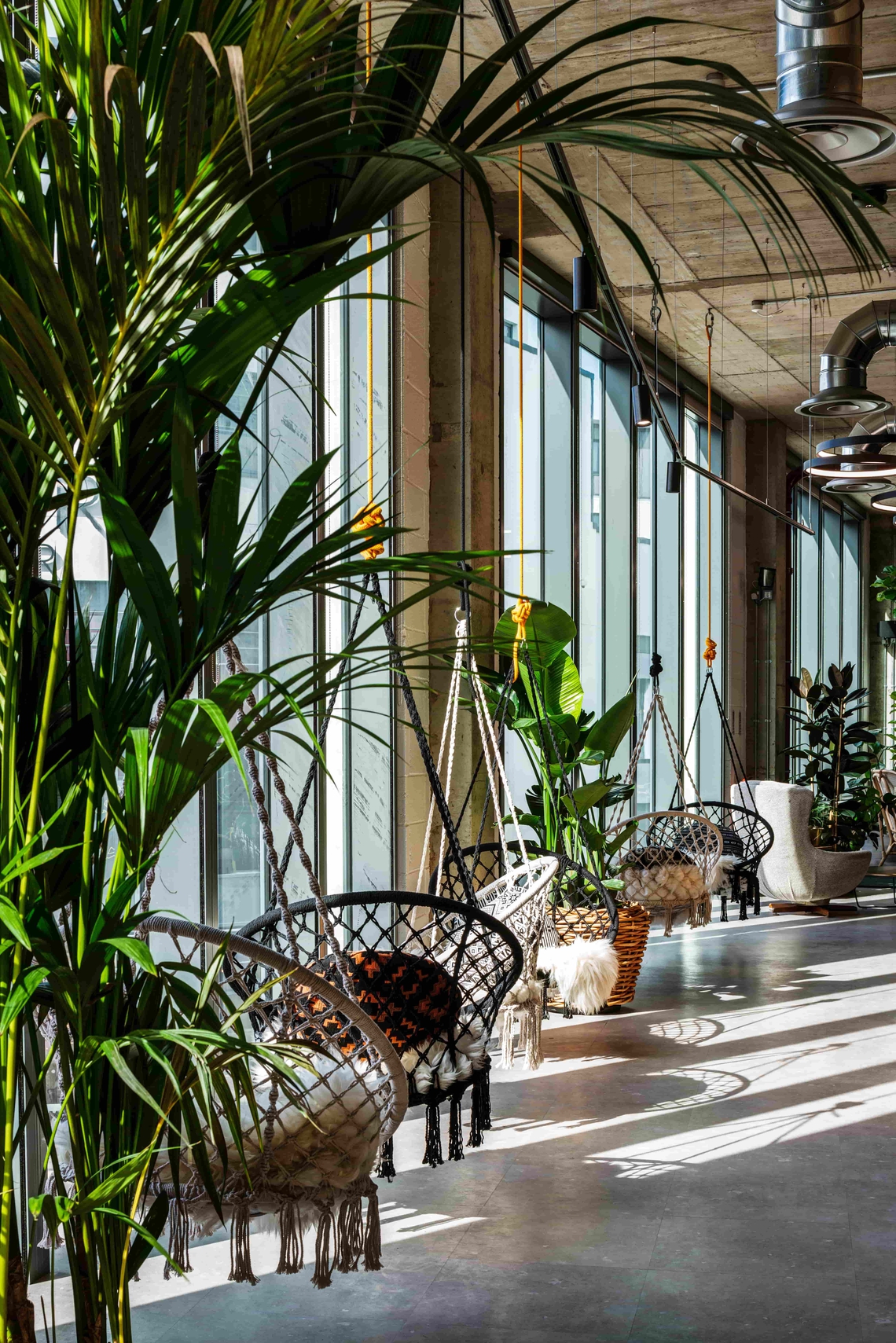
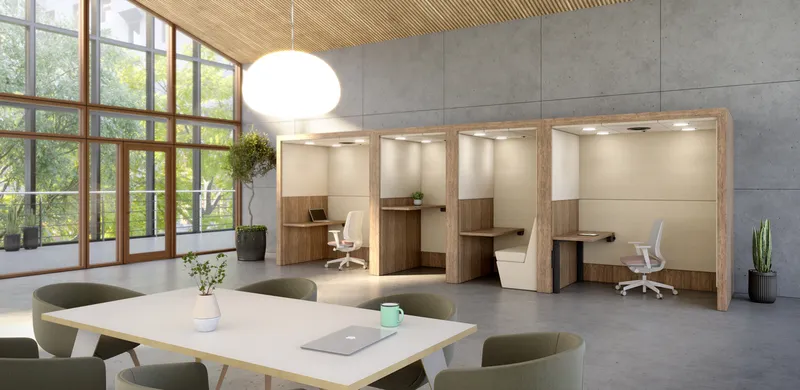
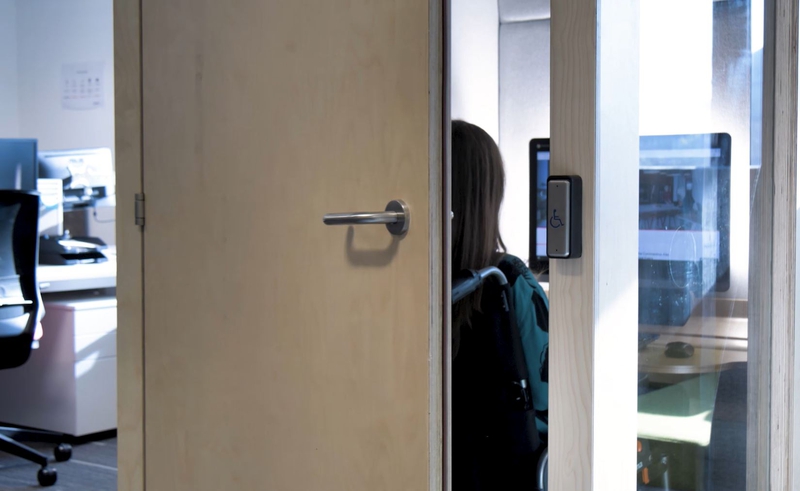
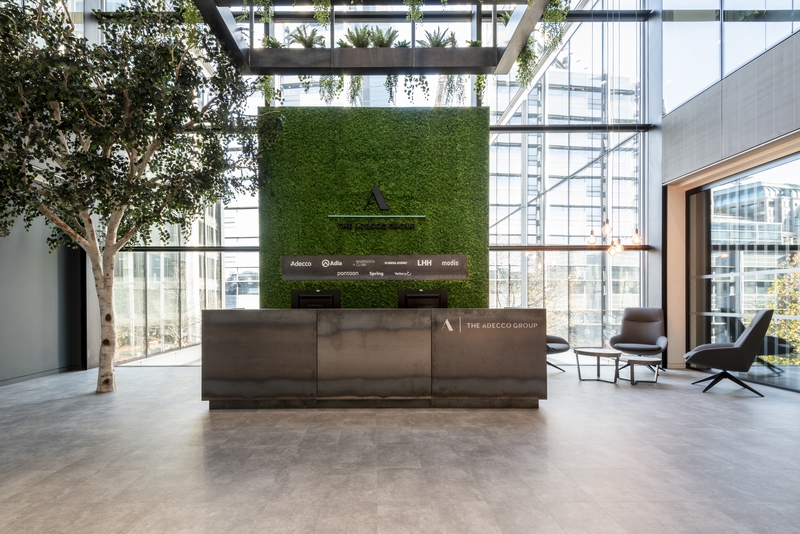
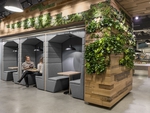
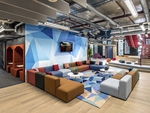
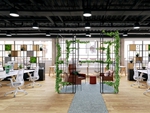
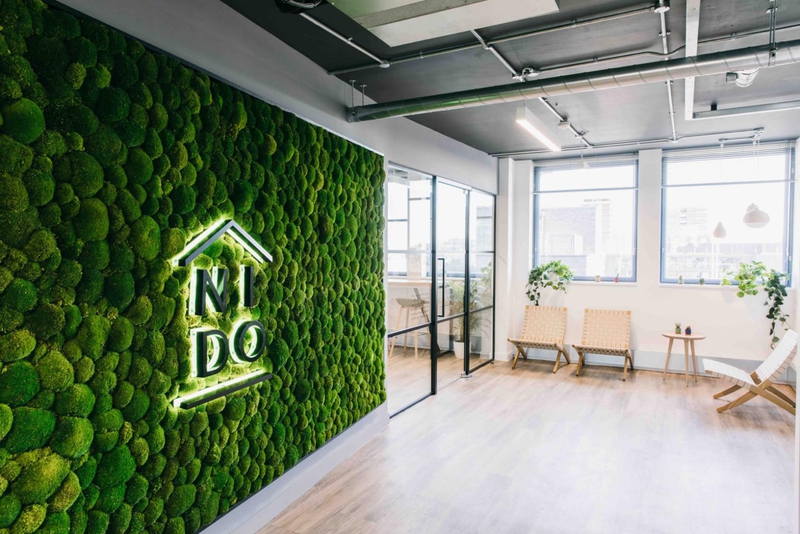
Student accommodation providers, Nido Student passionately care about being green and sustainable, so Knotel created th…
REAL ESTATE

Leading design firm Jacobs have recently completed another location for one of their long-time clients in the financial…
FINANCIAL SERVICES
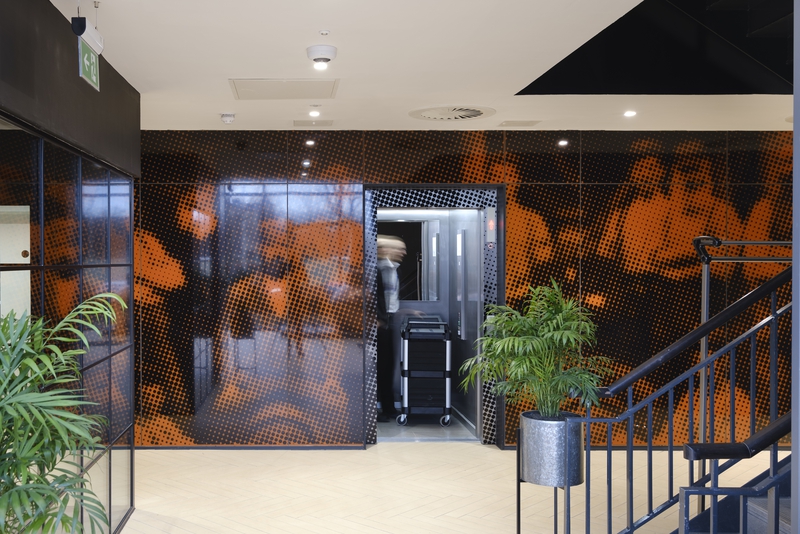
Designed over three floors, this stunning office transformation is complete with a world bar, numerous state-of-the-art…
FOOD & DRINK